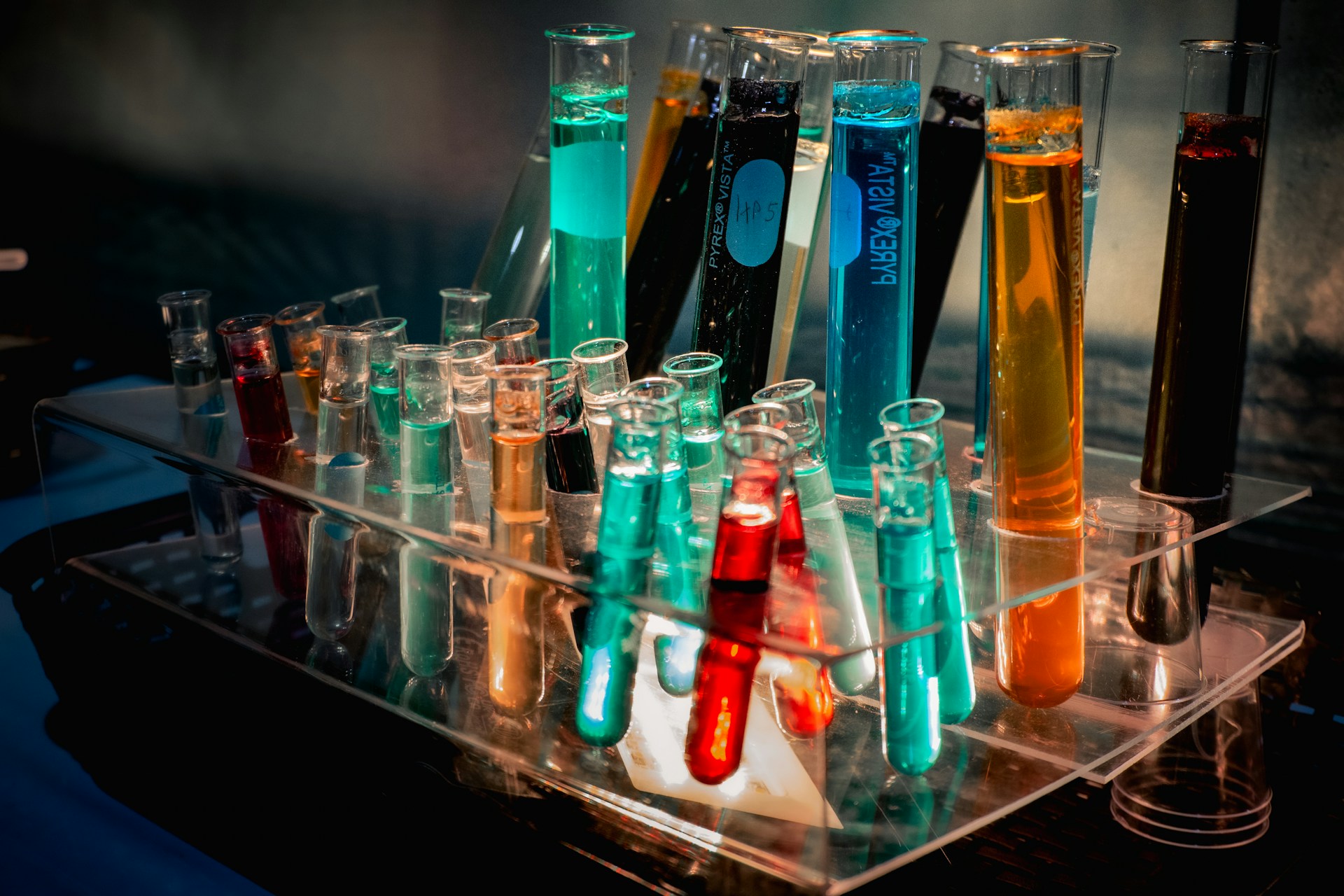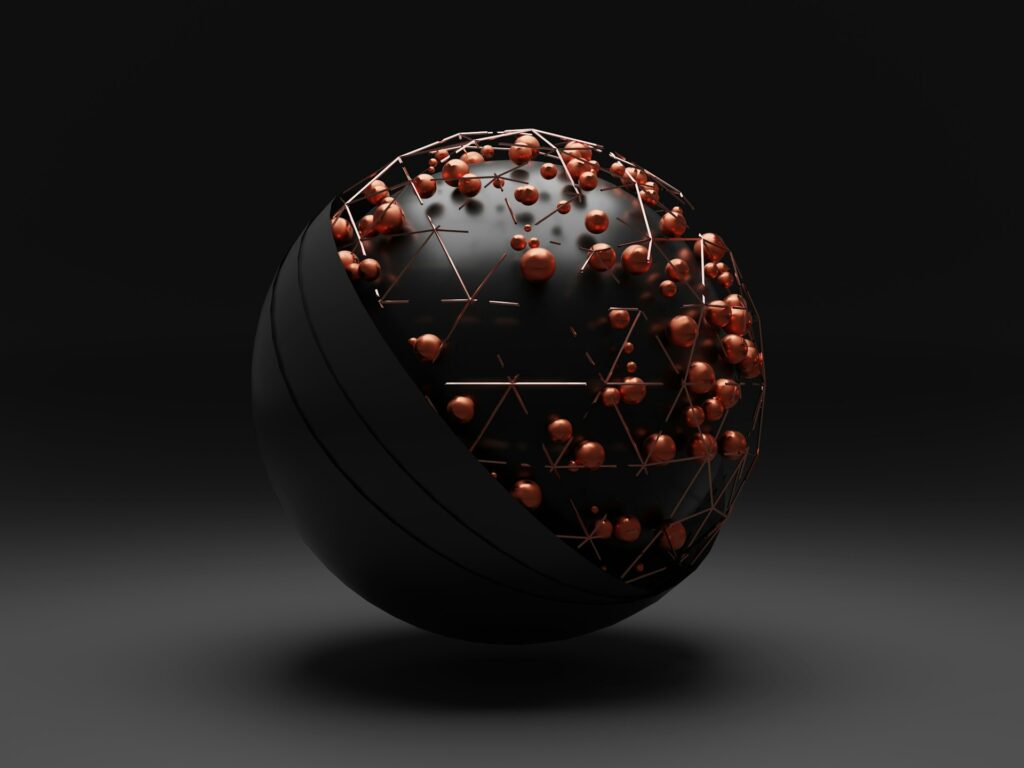In research led by Professor Andreas Grüneis at TU Wien, a team of theoretical chemists and physicists has introduced a refined computational method to calculate van der Waals forces in large molecules more reliably. Their corrected approach resolves known discrepancies between widely used quantum chemistry techniques, offering better predictive power for complex molecular systems.
Schäfer, T., Irmler, A., Gallo, A., & Grüneis, A. (2025). Understanding discrepancies in noncovalent interaction energies from wavefunction theories for large molecules. Nature Communications, 16(1), 9108. https://doi.org/10.1038/s41467-025-64104-8
Van der Waals interactions; weak attractive forces arising from instantaneous fluctuations in electron charge; play a subtle but vital role in molecular behavior. They influence how biological macromolecules fold, how materials adsorb small molecules, and how noncovalent assemblies stabilize. Because these forces are weak and long-ranged, accurately estimating them is a persistent challenge in computational chemistry.
Historically, two main classes of methods have competed: quantum Monte Carlo simulations, which sample electron configurations broadly, and coupled-cluster approaches, which start from a reference wavefunction and include corrections. While coupled-cluster methods (especially variants of CC theory) have been regarded as a kind of “gold standard,” discrepancies have long been observed when applying them to large, polarizable molecules.
Professor Andreas Grüneis at TU Wien stated,
“We are building a bridge between ultimate accuracy and practical usability. This opens up new possibilities for materials science. Our results show that even well-established methods must be continuously re-examined to keep pace with the growing demands of modern research.”
In their work, the TU Wien team identified a systematic issue: for large molecules with high polarizability, standard coupled-cluster methods tend to overestimate binding energies. By carefully comparing results from Monte Carlo and coupled-cluster calculations, they traced the error to an overcounting in correlation contributions in the standard approach.
To address the systematic bias, the researchers introduced modifications to the coupled-cluster formalism that adjust the correlation contributions for polarizable systems. The key was to maintain computational efficiency while reducing the consistent overestimation. With the correction in place, their variant brings results into closer alignment with quantum Monte Carlo benchmarks, without significantly increasing runtime or resource demands.
This improvement is especially relevant when dealing with molecules of moderate to large size (tens to a hundred or more atoms), where pure Monte Carlo methods become too expensive and standard coupled-cluster begins to drift.
Molecular systems of realistic interest;; drug molecules, layered materials, supramolecular assemblies; often push the limits of computational methods. For example, to understand how gas molecules adsorb on porous materials, or how proteins interact with surfaces, one must reliably resolve subtle van der Waals contributions. Inaccuracies in weak interaction energies can propagate into large errors in predicted binding, stability, or conformational preference.
By offering a more balanced and trustworthy method, the TU Wien team contributes to better reference data for these systems. Their corrected calculations can guide material design, drug docking studies, and even training data for machine-learned force fields that aim to emulate quantum-level accuracy.
Moreover, because the variant is not radically more expensive, it can serve in practical workflows, rather than being relegated to purely theoretical benchmarks.
This development does not occur in isolation. Efforts to refine long-range interaction modeling appear across computational chemistry: new nonlocal van der Waals functionals, hybrid DFT; dispersion corrections, and machine-learned potentials all attempt to balance efficiency and accuracy. The TU Wien method contributes to that ongoing effort by addressing a specific failure mode in established high-level methods.
It also reminds us that even well-trusted “gold standards” must be continually tested and refined, especially as systems grow in size and complexity. As experimental and computational frontiers approach larger biomolecules or hybrid material interfaces, ensuring that foundational approximations hold up becomes increasingly important.
The next steps include applying this corrected method to real-world molecular systems and assessing how much the improved accuracy changes predicted properties. It will be interesting to see differences in adsorption energies, conformer ranking, or molecular binding when using the corrected variant versus standard coupled-cluster.
Another challenge is integrating this variant into existing computational platforms and ensuring interoperability with broader quantum chemistry toolchains. The balance between usability, stability, and performance will determine adoption by practitioners outside theory groups.
Finally, this work may influence the development of hybrid strategies—combining the corrected coupled-cluster variant with cheaper approximations in multiscale workflows. That could allow high-fidelity interactions in the core region while managing computational cost elsewhere.
This work from TU Wien marks a thoughtful refinement of computational tools at the boundary between method development and application. By identifying and correcting a systematic bias in long-trusted methods, the team strengthens the foundation on which many predictive molecular models rely. That kind of careful, foundational advance may not grab headlines, but it can ripple through molecular science and material engineering for years to come.

Adrian graduated with a Masters Degree (1st Class Honours) in Chemical Engineering from Chester University along with Harris. His master’s research aimed to develop a standardadised clean water oxygenation transfer procedure to test bubble diffusers that are currently used in the wastewater industry commercial market. He has also undergone placments in both US and China primarely focused within the R&D department and is an associate member of the Institute of Chemical Engineers (IChemE).



